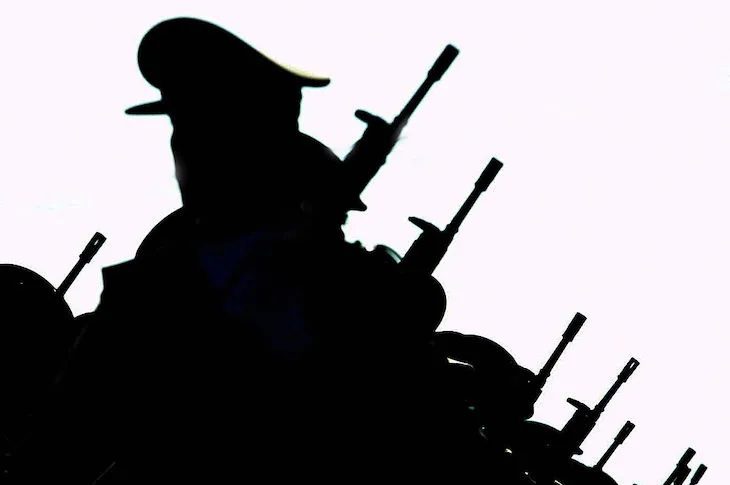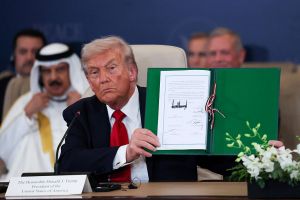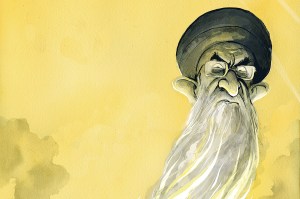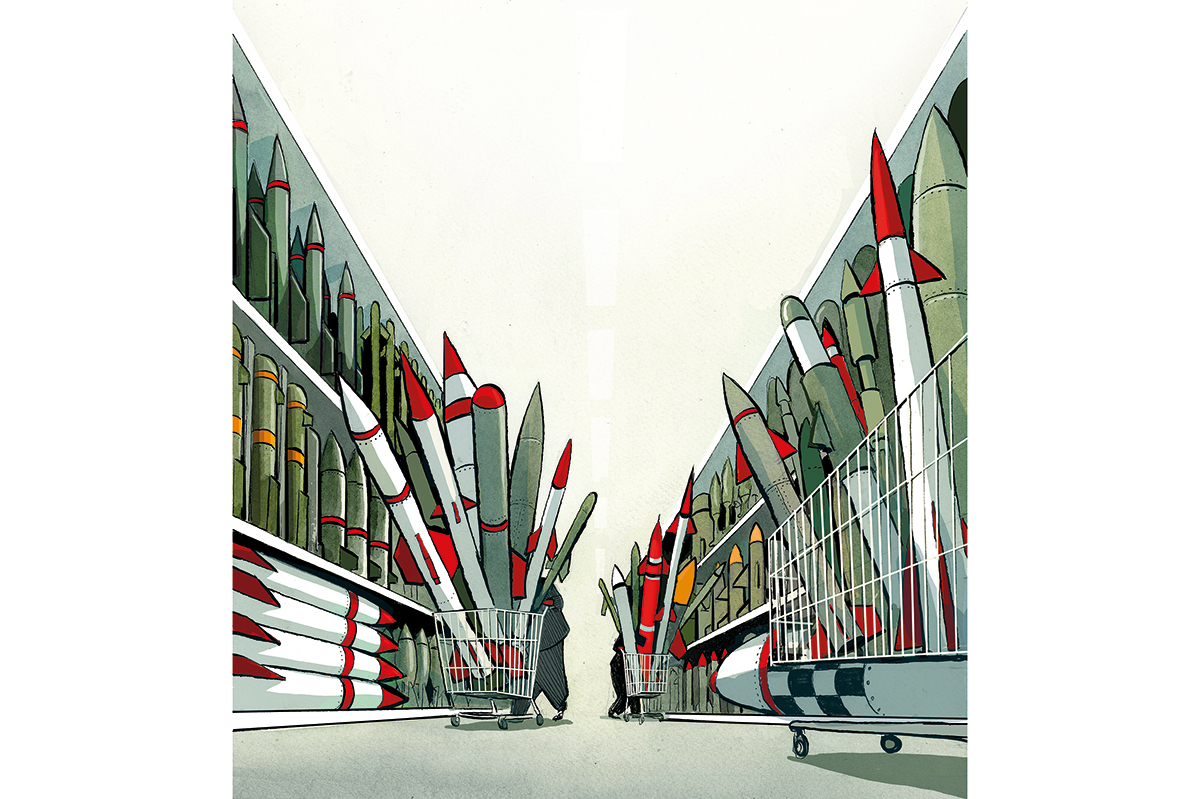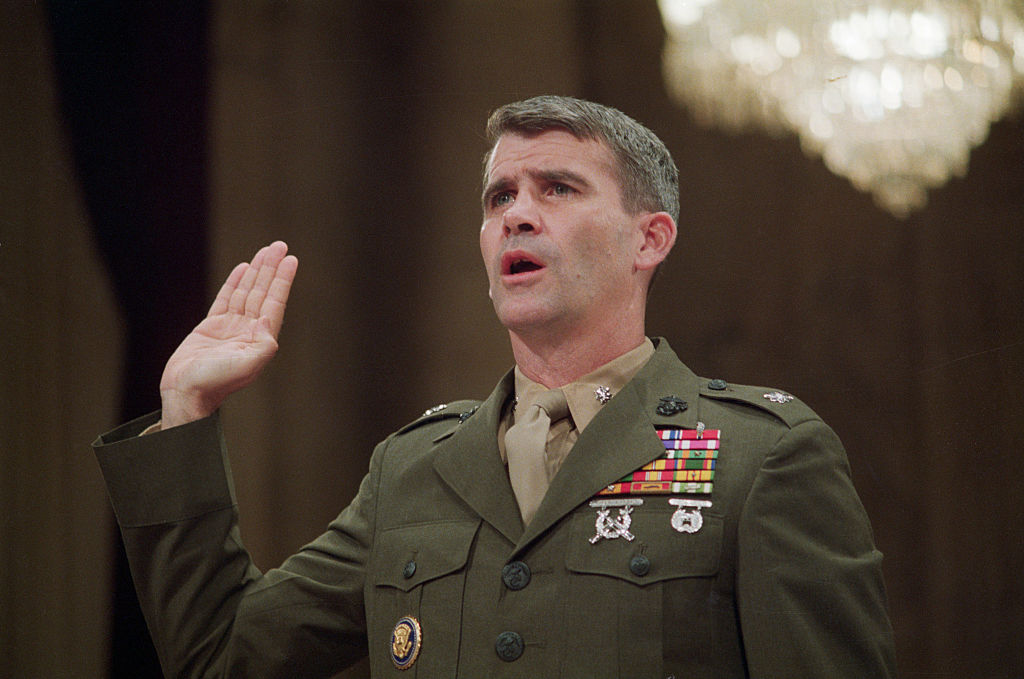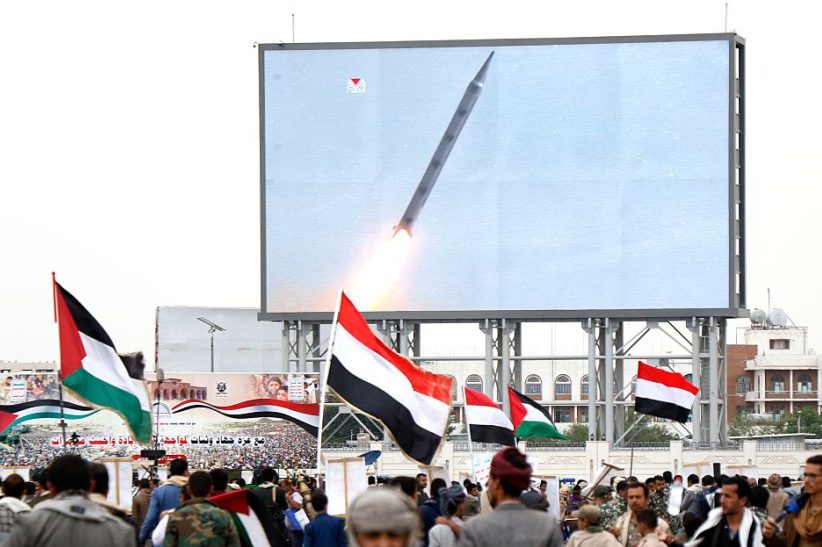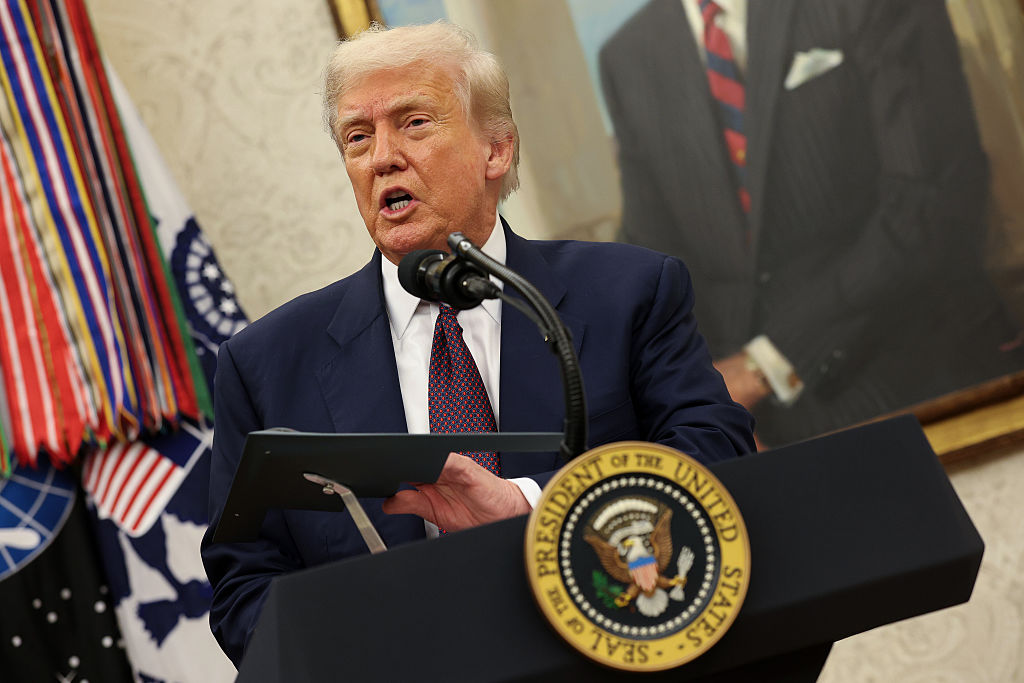Iran’s so-called morality police, loathed and feared in equal measure, are back patrolling the streets of the country. They temporarily disappeared from view in the wake of the widespread public protests over the death last September of Mahsa Amini, a young Kurdish woman. She was arrested and beaten, and subsequently died in police custody. Her crime? Not wearing the hijab “properly.” She had a few strands of hair showing, enough to be deemed a violation of the strict dress code for women. She paid for this with her life.
Iran’s leaders were rattled by the furious public reaction to her death. Thousands marched in protest, demanding rights and protections for women and a repeal of the oppressive hijab laws. Clerics were heckled in public, and there were calls for broader political changes. Many of the demonstrations were led by women, an unpalatable development for a regime that routinely denies them the most basic rights. The mullahs responded in the only way they know how. A fierce crackdown ensued, with hundreds of people reported killed and thousands arrested. A proposed new hijab bill containing a raft of ever more restrictive measures is now making its way through the Iranian parliament. Even so, some religious hardliners think the new guidelines don’t go far enough. So much for reading the public mood and acting accordingly.
So what does the reappearance of the morality police reveal about the regime’s thinking? The mullahs want to signal to ordinary Iranians that they are in no mood to yield to the demonstrators. They appear to think the moment of maximum unrest and danger may have passed, that the international spotlight has moved on, and that they can now get back to the daily business of crushing any form of dissent.
The mullahs are in for a surprise. Resorting to their old habits of using the thuggish morality police to enforce their religious diktats only serves to confirm how out of touch they are with the country they rule.
The mass defiance that Iran’s leaders fear more than anything is plain to see if only they did not choose to avert their eyes: more and more women are refusing to cover their hair. And Iranians, men and women, young and old, are starting to openly challenge and disobey their rulers.
This can only come as an unwelcome shock to a leadership used to imposing its will on the population through fear and an iron fist. That strategy has not changed in the forty-four years since the clerics came to power in the Islamic revolution that overthrew the shah in 1979. The problem they face is that they are aging — the supreme leader Ayatollah Khamenei turned eighty-four this year — and are widely perceived as being out of step with a young country: more than half of Iran’s population of 88 million is under the age of thirty. Is it really feasible for the regime to indefinitely impose itself through sheer brute force? Yet the alternative — giving women greater freedoms, dismantling the morality police and ushering in political changes — cannot be countenanced by the leadership because such reforms pose an existential threat to their grip on power.
Iran’s people have simply grown tired of the mullahs. The county is crying out for urgent and meaningful political reform. Blaming all of the country’s problems on a hostile West won’t wash anymore.
Good governance — economic competence and an end to corruption — is what Iranians crave. Inflation is running at 42 percent and almost a third of young people are jobless. Public resentment is growing as people find it hard to make ends meet. “It is the economy, stupid,” is a maxim that even a hardline Islamic autocracy cannot buck indefinitely. No amount of oppression can rid ordinary Iranians of the sense that their leaders have failed to deliver prosperity or security, despite more than four decades of absolute power and forever banging the drum of religious righteousness. The hijab protests in Iran mark the beginning of a popular movement for change that the mullahs in Tehran will soon find they cannot bring to heel, with or without the morality police.
This article was originally published on The Spectator’s UK website.



